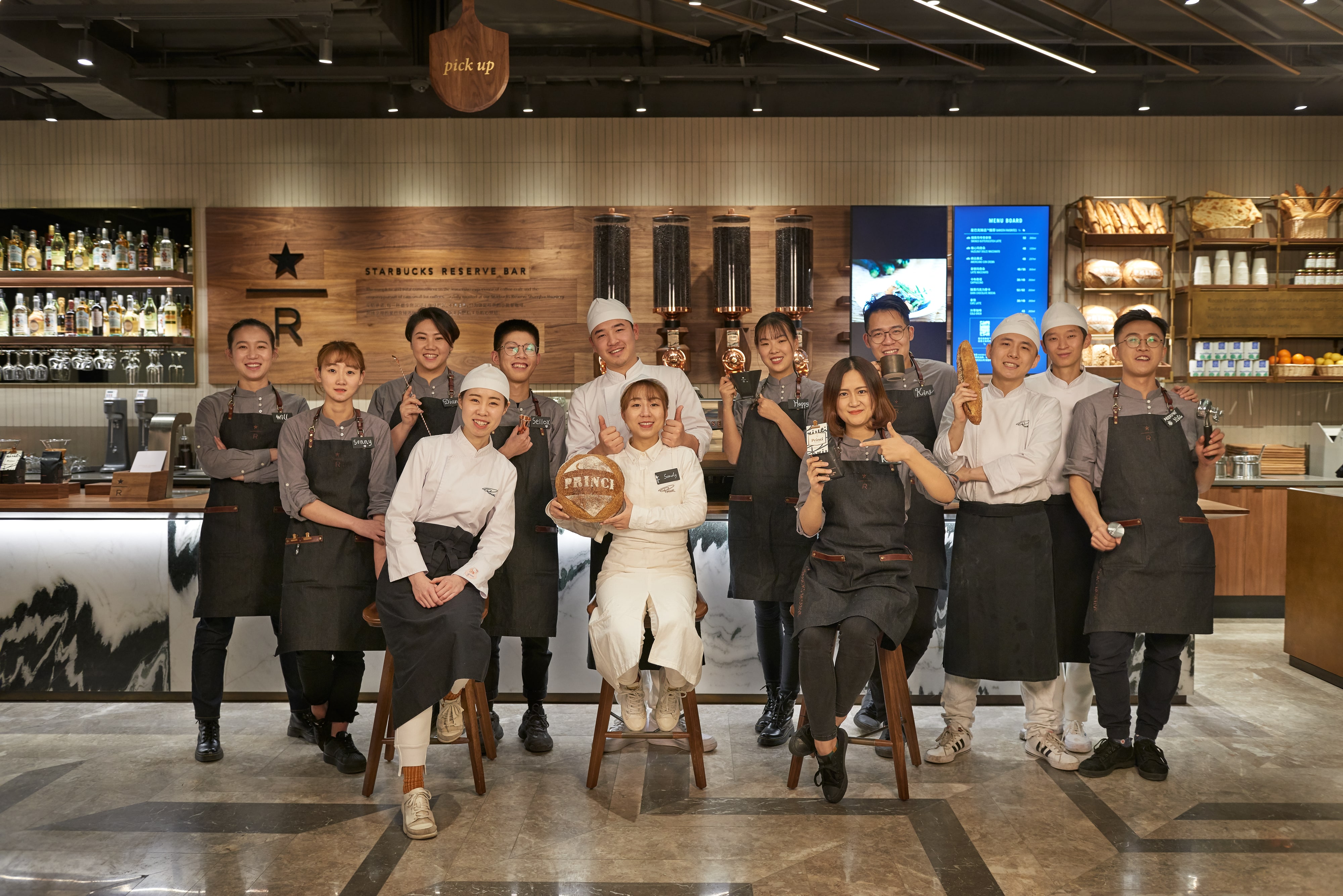
Western-based fast food chains have pushed into Asian markets with increasingly rapid pace over the last few years. Some are taking a first foothold, like Shake Shack, who opened their first mainland China outlet in January. Others have been established there for years, like Starbucks or KFC (in Japan, a new custom has grown up around eating KFC chicken at Christmas, for example). Starbucks, with their new flagship Reserve stores (pictured), are continuing to develop their branding abroad.
It’s become usual for brands to adapt their menu to local preferences in the country they open in. Often this is more than just good sense – it’s a cultural necessity, especially when religious diet is taken into account. But beyond that necessary sensitivity, what’s the balance between taking on local flavour and offering a different range of cuisine?
The McCulture of adaptation
Product localisation is not a new tactic. It’s been successful for multiple brands, including McDonald’s – which offers a range of localised menus, with products including Le P’tit Moutarde burger in France and the Durian McFlurry across parts of Southeast Asia. (The latter has proved as divisive as its pungent main ingredient).
It comes as little surprise that Taco Bell, which opened its first Thai store in Bangkok in January, has taken a similar tactic to the one they used in India. There, they introduced their Tex-Mex offerings by adapting it to local tastes with a paneer burrito, among other things. In Bangkok, they’ve heavily promoted the extra-spicy sauce for their chicken dishes that they expect will draw in a Thai crowd more used to strong flavours and fiery food.
Taco Bell’s Asia Pacific managing director, Ankush Tuli, told Reuters that the country’s “strong food culture, adventurous spirit and appetite for trying new things” pave the way for the brand to grow there. Clearly, the art is in finding the balance between the extant strong food culture and offering a new experience: blending American-style menus with local and familiar flavours is an effective way to do so.
Shanghai meets aperitivo
On the other hand, some brands count on importing not only flavours, but entire food customs and rituals. A case in point is Starbucks’ new Reserve Bakery, in Shanghai. It’s another outlet in their continued development of the higher-end Reserve strand of their business, with another Shanghai-based version in its 30,000 square foot Reserve Roastery.
The Reserve Bakery will offer Shanghai residents the range of Starbucks Reserve coffees, but it’s the partnership with Italian bakery firm Princi that sets it apart. Princi has been a partner of Starbucks since 2016 with the intention of becoming the sole provider for the baked goods in Reserve stores: it’s a company whose brand is based on connecting to quality Italian goods, ingredients and way of life.
The partnership with Princi is intended to boost the popularity of aperitivo, the Italian tradition of early-evening social cocktails and light bites. Shanghai is no exception: according to Starbucks, the designated ‘Aperitivo Time’ in Shanghai will be “a unique Italian evening social occasion”. Customers can take their drinks onto the patio, “just like Italians would across the streets of Milan”.
Keeping a balance
Of course, Starbucks still adapt to and celebrate each local culture they work in. Another Starbucks Reserve, recently opened on the island of Bali in Indonesia, is dedicated to a high-end coffee discovery experience. It focuses on a celebration of Sumatran coffee, which comes from one of Starbucks’ biggest growing coffee regions. The Reserve itself sits in a thousand-square-foot coffee farm.
Western brands should by necessity be sensitive to local traditions and cultures; the novelty of their products notwithstanding. The most successful branches of fast food and QSR foodservice have blended a brand-specific and immutable style with local colour – but crucially, they keep innovating in a busy sector.
Frances Ball
Pictured: Starbucks Reserve Bakery Café, China. Credit: MAONAER/Starbucks




